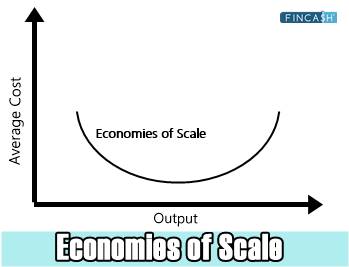Least-Preferred Coworker Scale
What is the Least-Preferred Coworker Scale?
Developed by Fred Fiedler – an American scholar – the least-preferred coworker scale (LPC) helps to identify if the leadership style of an individual is task-oriented or relationship-oriented. It requires a person to rate an individual that they would least wish to work with by using a Range of 18 to 25 bipolar, negative or positive adjectives, with a rating anywhere from 1 to 8.

Then, the LPC score is calculated by totalling all of the ratings. If the score is high, it signifies that the individual’s leadership is relationship-oriented. And, in case of a low score, the result is task-oriented.
In the LPC scale, a broad set of bipolar adjectives is used that includes supportive or hostile, friendly or unfriendly, pleasant or unpleasant and more of the same. Then, the responses get graded from 1 (which is the least favourable attribute), such as unfriendly or unpleasant, to 8 (which is the most favourable attribute), like friendly or pleasant.
Furthermore, the LPC scale also assumes that people who have relationship-oriented leadership may describe their least preferred coworkers in a positive way and the ones with task-oriented leadership may negatively describe them.
How to Apply the Least Preferred Coworker Scale?
The model put forth by the scale signifies the perception that no single style of leadership could be ideal or perfect as the requirements change based on context and circumstances. For example, a team of veteran professionals who are exceptionally versed with their responsibilities may best serve by relationship-oriented leadership.
Talk to our investment specialist
This team doesn’t need a heavy-handed methodology that a less experienced team may, which can comprise stringent guidelines to make sure every task is completed efficiently. Similar to this, a veteran team may require task-oriented leadership in case there is a short deadline to accomplish goals or if the objectives comprise sensitive milestones that could be difficult to achieve.
Suppose a team is made of both untrained staff and veteran professional. In that case, the situational requirements of the objective and leadership styles might change based on the circumstance of the person who requires guidance.
Moreover, situational favourableness even plays a critical role in the adopted leadership style. The relationship of leadership-member is the indicator of the influence and trust amount that exists between a leader and his team. If the bond is not healthy, the leader tends to hold a weak position.
All efforts have been made to ensure the information provided here is accurate. However, no guarantees are made regarding correctness of data. Please verify with scheme information document before making any investment.







